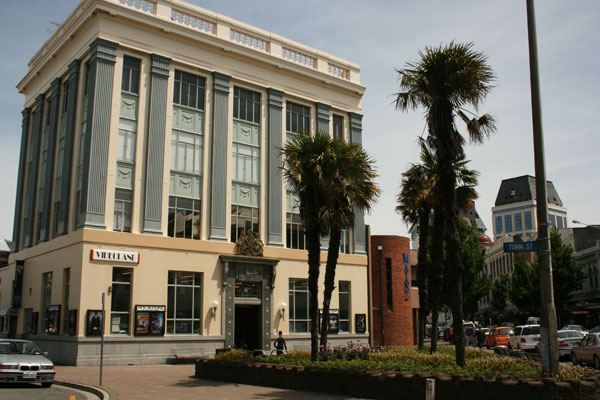To make sense of this post you may need to read my last entry.
Also you may need to know who Barnum was:
And read: http://www.nytimes.com/2011/10/02/theater/mike-daisey-discusses-the-agony-and-ecstasy-of-steve-jobs.html?src=dayp that my friend Amy just sent me.
Jobs may well be a Barnum, and like Barnum he creates a new medium for communication, but it is not just the man. It is as if humanity is ready for a jump and it finds a vehicle to make it happen. Unfortunately it has to make in the capitalist context, given the failure of the German revolution after World War one. While Jobs is a creative guy, no doubt, and while he is enough of a Barnum to pull it all off in the world as it is, the world was ripe for a new leap in communication, to go beyond printing presses and beyond tele type machines. It took someone to make the next leap actual. Zuckerberg is another such. These steps in the evolution of the psyche are all distorted by the fucked up relations of production. The agony is to live in a sick social system, the actual agony of children in chinese factories and the agony of collusion, alienation and powerlessness for many others of us.
The leap in relations of production that we were on the edge of in capitalist countries at the start of the last century did not happen, history missed its natural turning. If we were in an era of new social relations of production the miserable state of psychological developments would not be the context for these technical innovations leading to huge cultural global shifts sweeping the world. However Rosa Luxembourg was assassinated, the social democrats subverted the revolution, industrial revolutions happens in the name of socialism and distorted the history of possible new relations of production. But that is how it is.
So what of new developments? Everything we create or do is in a backward social system. Creativity is social and public, but ownership lags behind, it is private and coercive and seeks out Dickensian situations such as china to maximize profits and to avoid failure in the market. I don’t think Jobs sold out on his vision, I imagine there was agony in making it happen.
Should he not have made the mouse, the first personal pc? Should we not use the technology? It is tempting as every object contains the labour power of the poor and exploited. I don’t think it it’s the answer to smash the tools, unless there was a mass movement of boycott. Even then the much needed jump is nothing to do with the tools, but in the relations of production, and this not because “we” collude with Chinese fascism, as Mike Daisey implies in the NYT interview. It is more that capitalism went global, that it is alive and well as a system. Not so well actually, perhaps in its vicious death trows. Who will lead that transition we are now on the edge of? We are ripe for another leap.
The revolution, innovation, the next big thing will not be technological but social and political. People who lead this next leap forward won’t be just great writers like Marx or orators like Lenin and Trotsky but people able to lead using the new orality of the Internet, even though its built with an unjust system of production. The screens are not the same thing as the humans who communicate via those screens. Revolution won’t be be because of the the Internet, but it can’t happen if people throw away their telephones and everything made in China, we live in this world.
The reflection I’m making, if it is not obvious, is that there are mighty forces at work, and that no one man Jesus or Jobs is really the cause of them. There is always someone who gives expression most fully and effectively to a collective urge. The power of leaders is not only because of what they do or say, but because of the ripeness of the culture they speak to. The culture chooses leaders.



